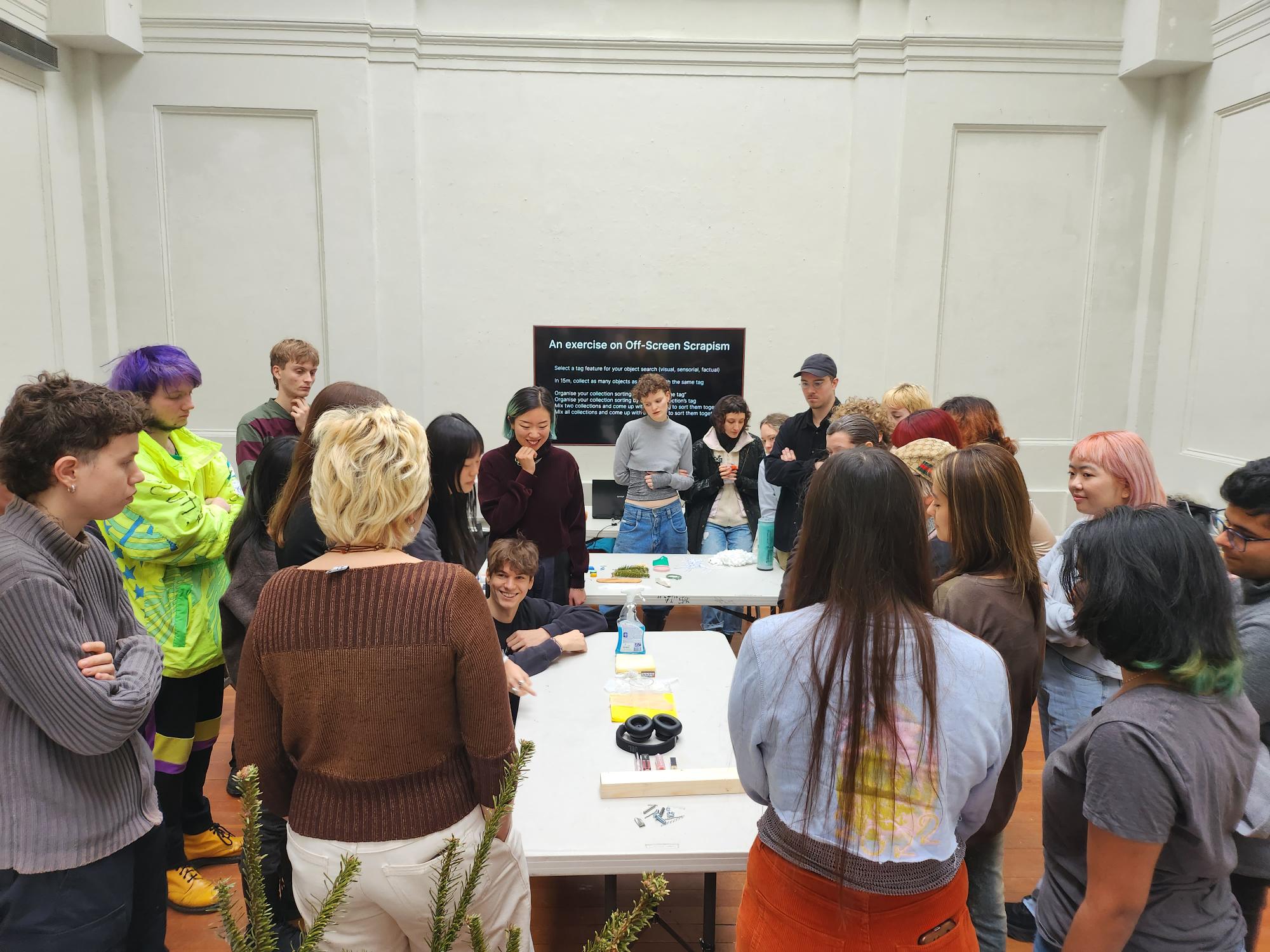
Education
Inspired by Code As Creative Medium by Tega Brain and Golan Levin
About this workshop
From wasp nests to Wikipedia, principles of emergence explain how the cumulative contributions of thousands of independent agents can produce sophisticated forms. On the Internet, the art of orchestrating large groups of people is called “crowdsourcing,” and the technologies for such information husbandry offer rich opportunities to explore cybernetic concepts like feedback, autopoiesis, and the nuances of collective behavior.
During the workshop we will examine the technologies of Collective Memory, from its generative nature to the ways of spreading and evolving. We will produce works that generate, remix, sample, simulate, manipulate, or hack Collective Memory using Creative Crowdsourcing and techniques of recomposing data such as Scrapism and Sampling; both on and off the screen.
The workshop comes with the experimentation of alternative ways of being together – in the organisation of shared labor as an Open Access, distributed framework, as well as the Harawayan more-than-human collaborative methods.
Learning Objectives
- Differentiate and appraise the aesthetics, design, and concept of systems that support collaboration and emergent creative behavior
- Design an interface, balancing constraints and incentives for participation
- Implement fundamental data structures
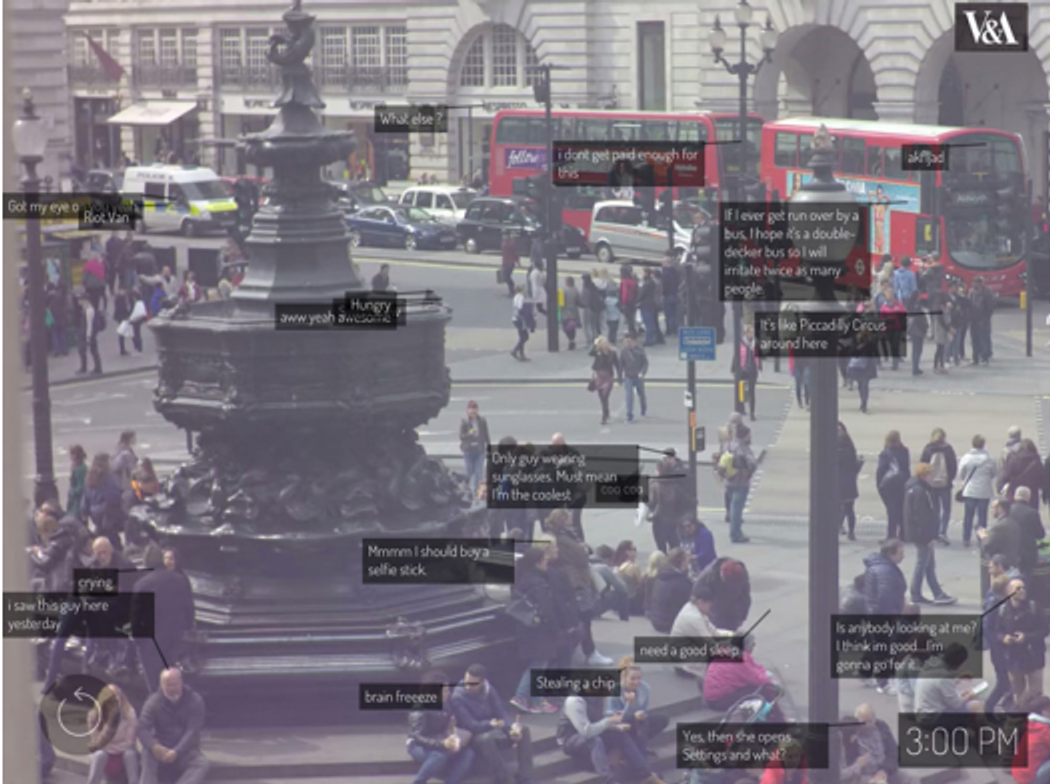
In Exhausting a Crowd (2015), Kyle McDonald invites online audiences to annotate a 12-hour video recording of a public place with their own observations of the scene. Inspired by Georges Perec’s 1974 experimental literary work An Attempt at Exhausting a Place in Paris, McDonald opens up a process of close observation to a broad public, crowdsourcing the discovery and preservation of moments that might otherwise go unnoticed.
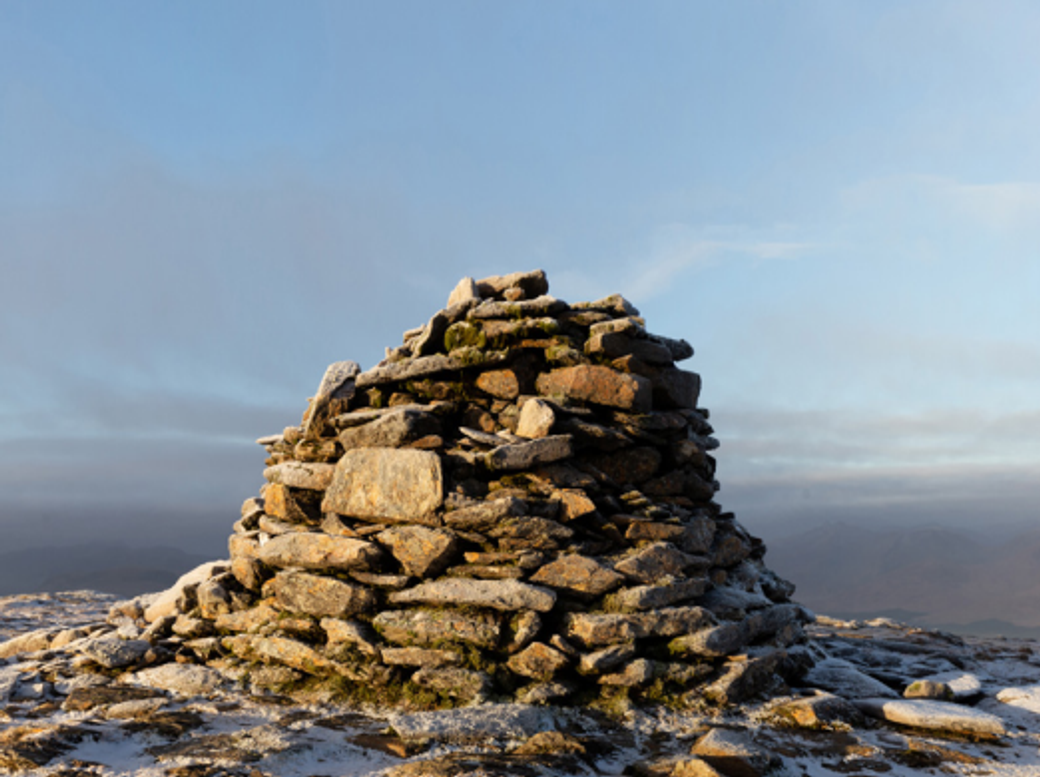
A cairn is a human-made pile of stones, often accreted over the course of centuries. Since prehistoric times, these collaboratively produced structures have served as landmarks, trail markers, and memorials.
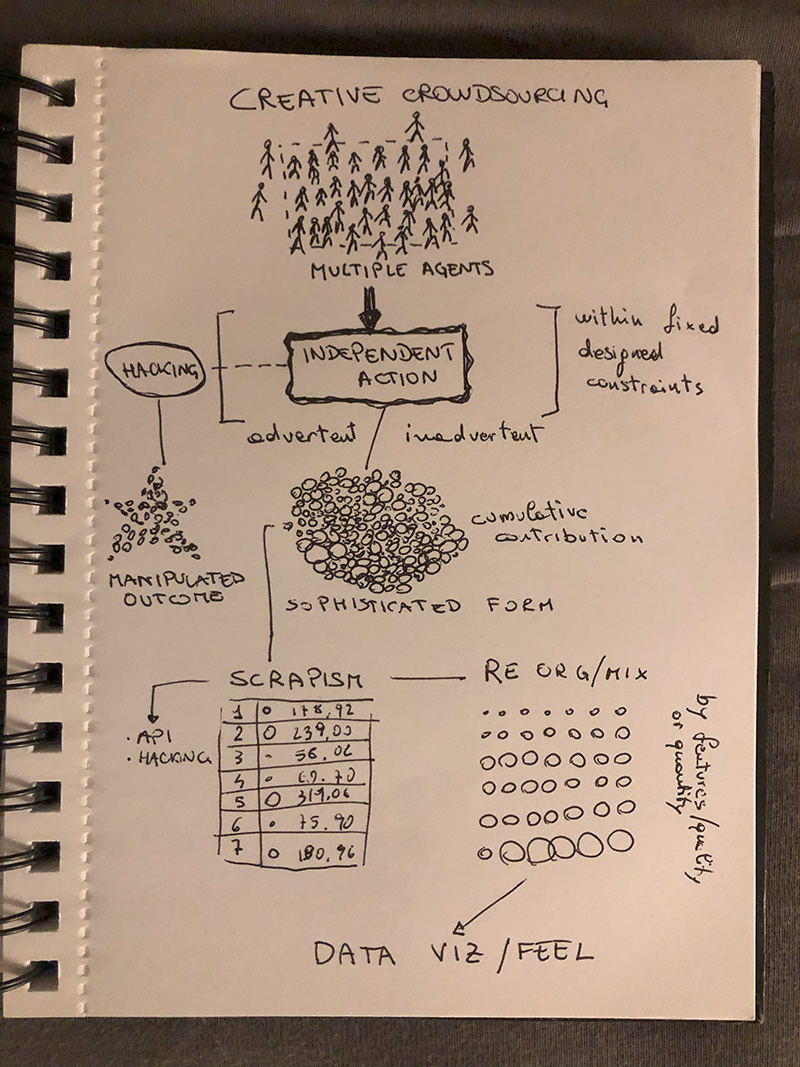
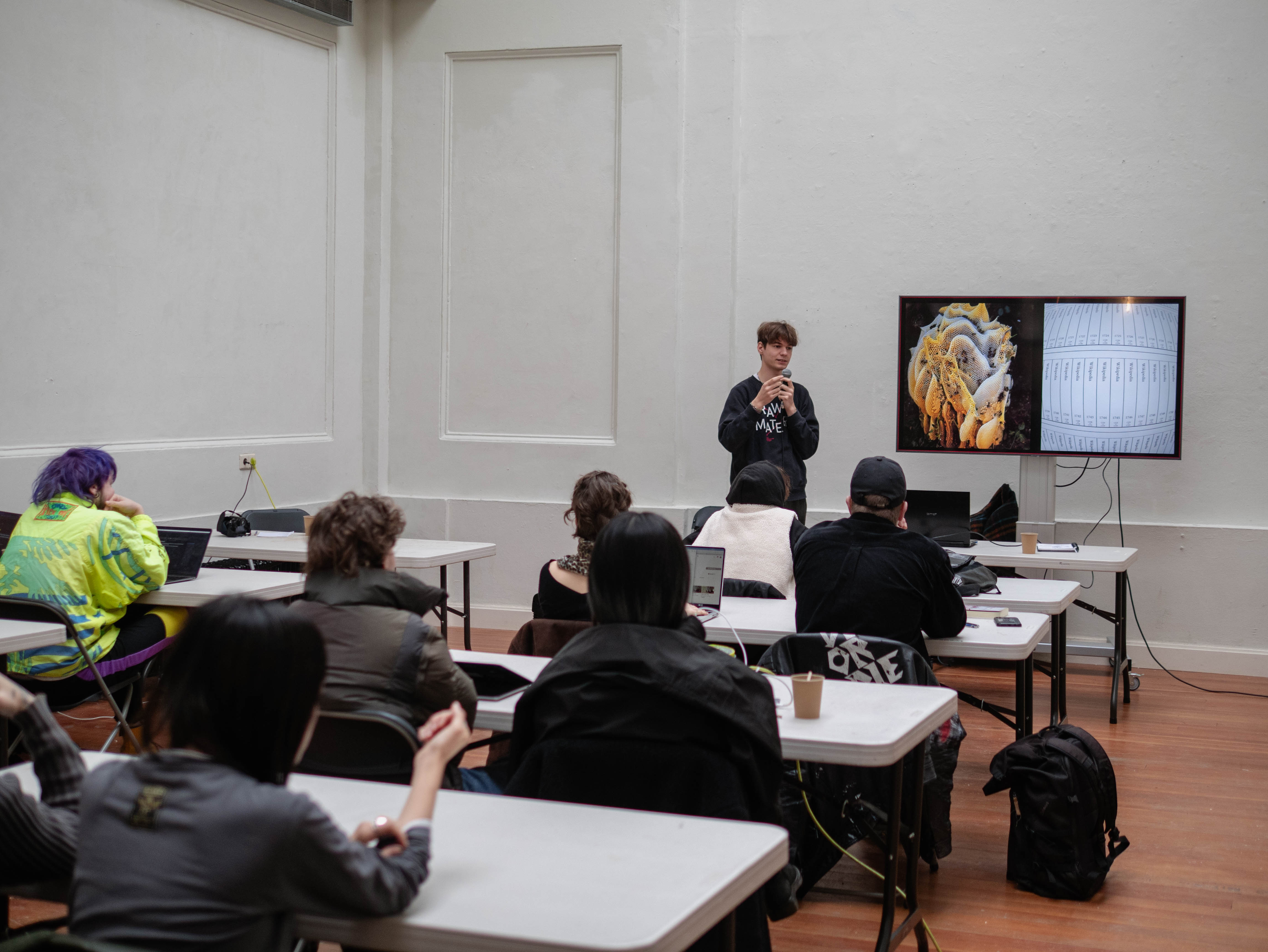
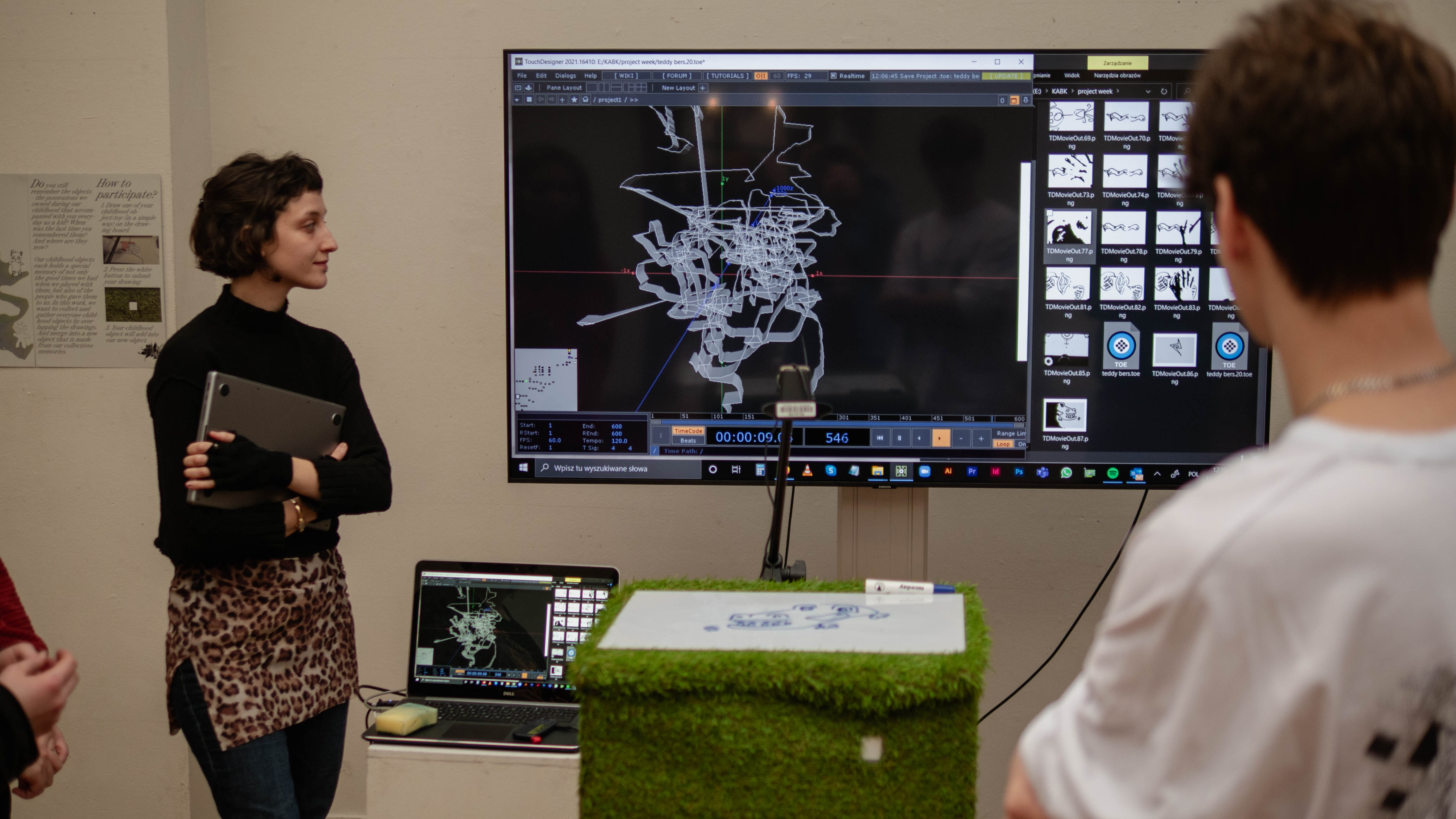
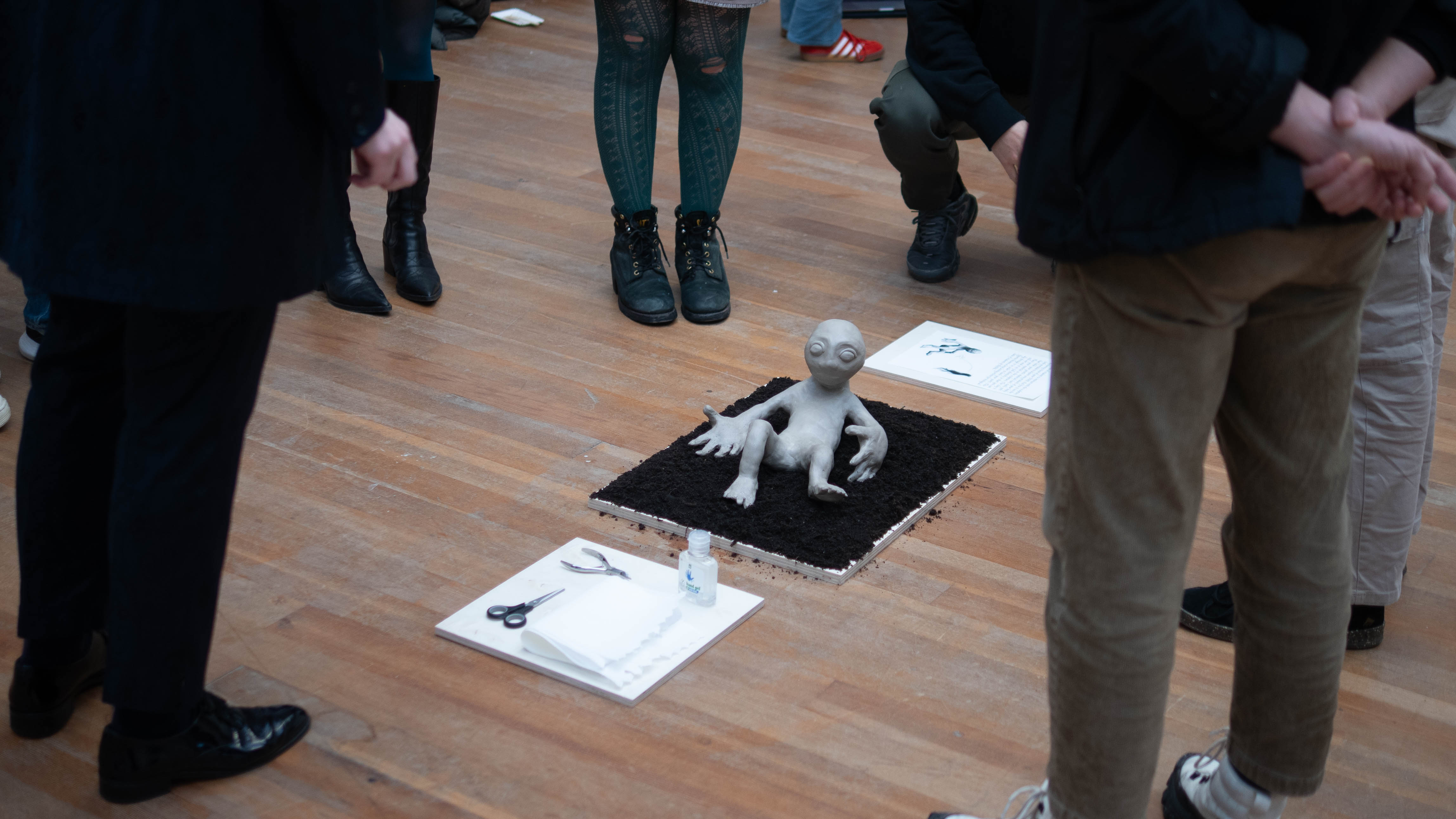
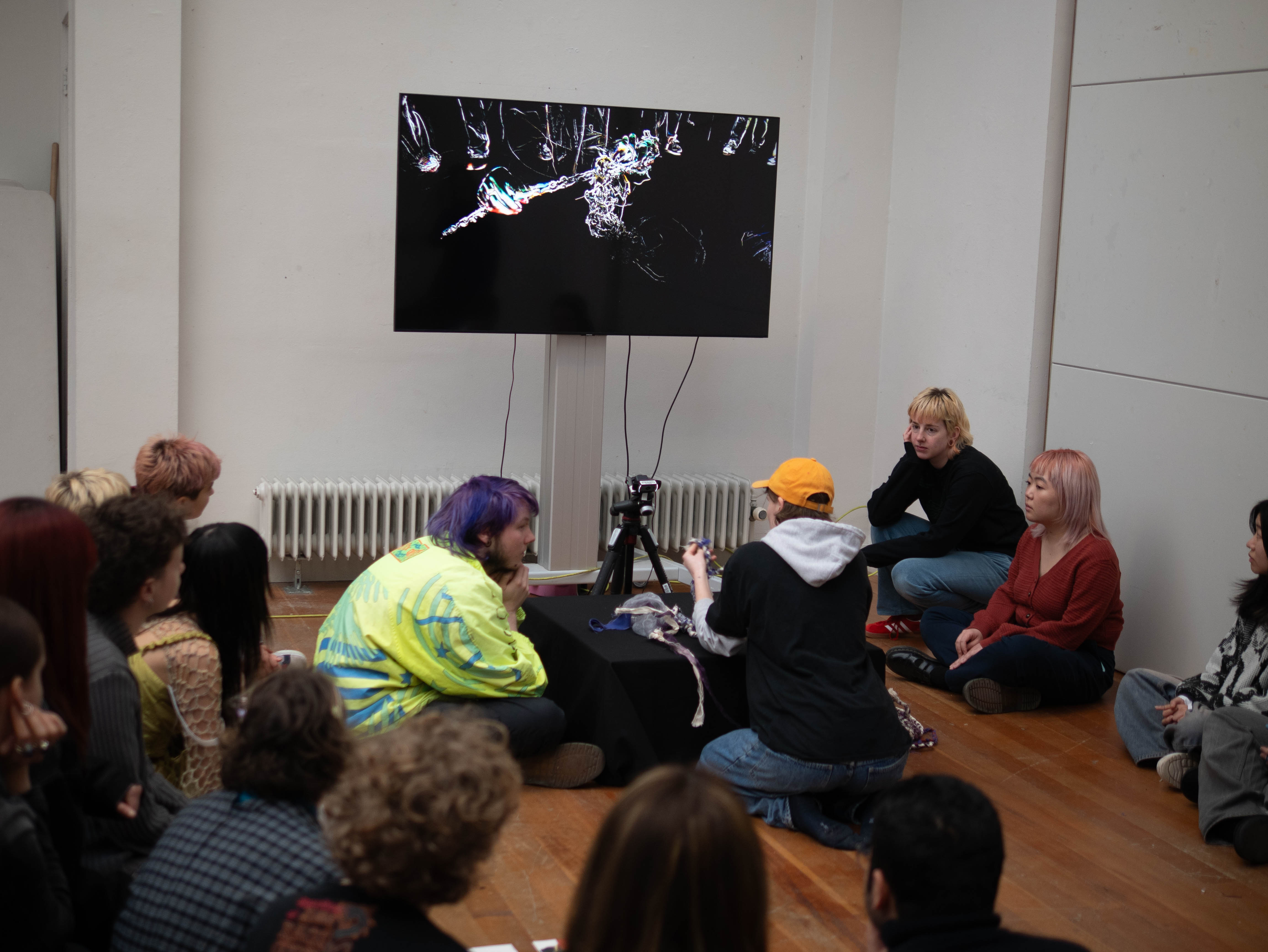
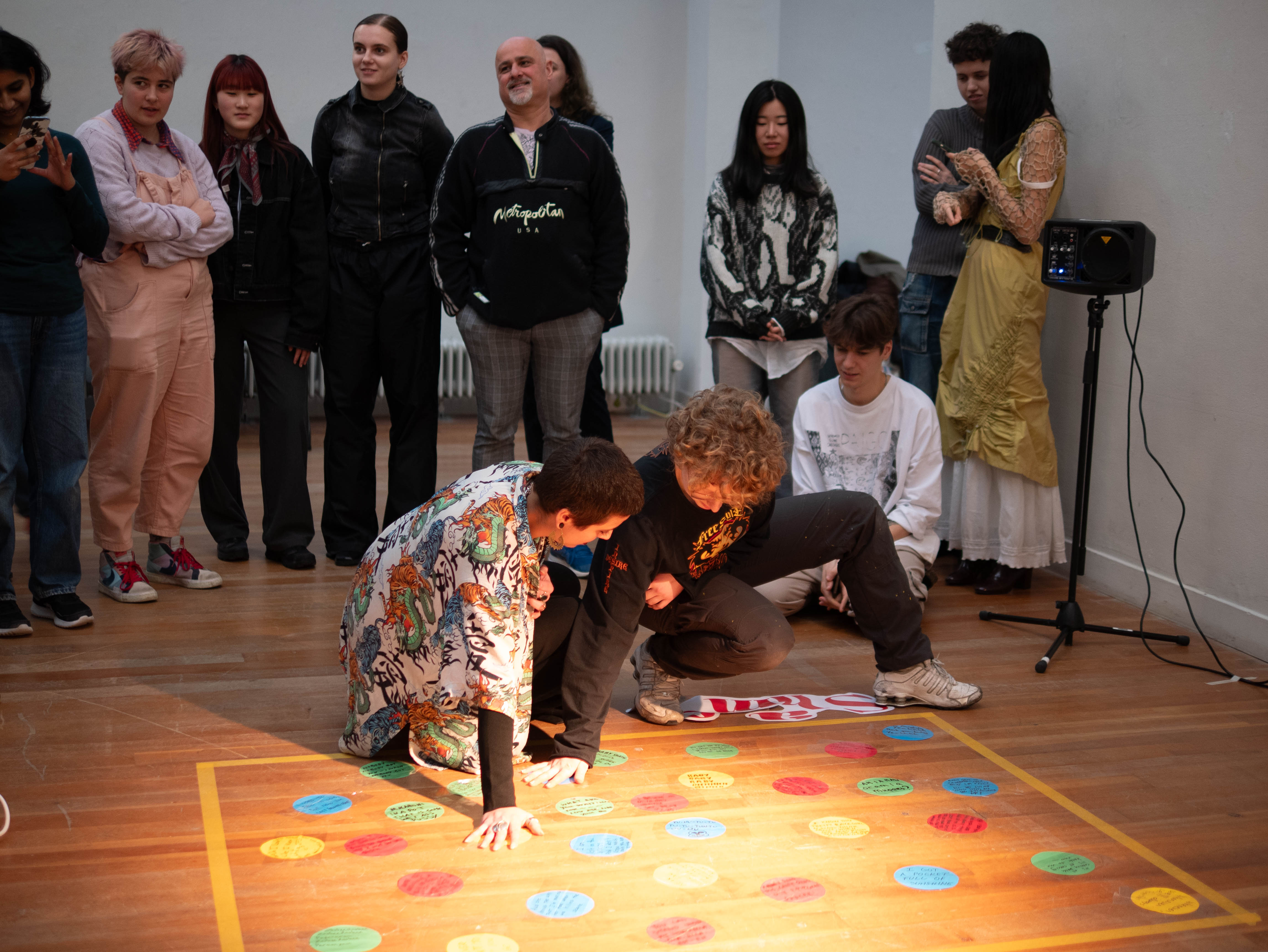
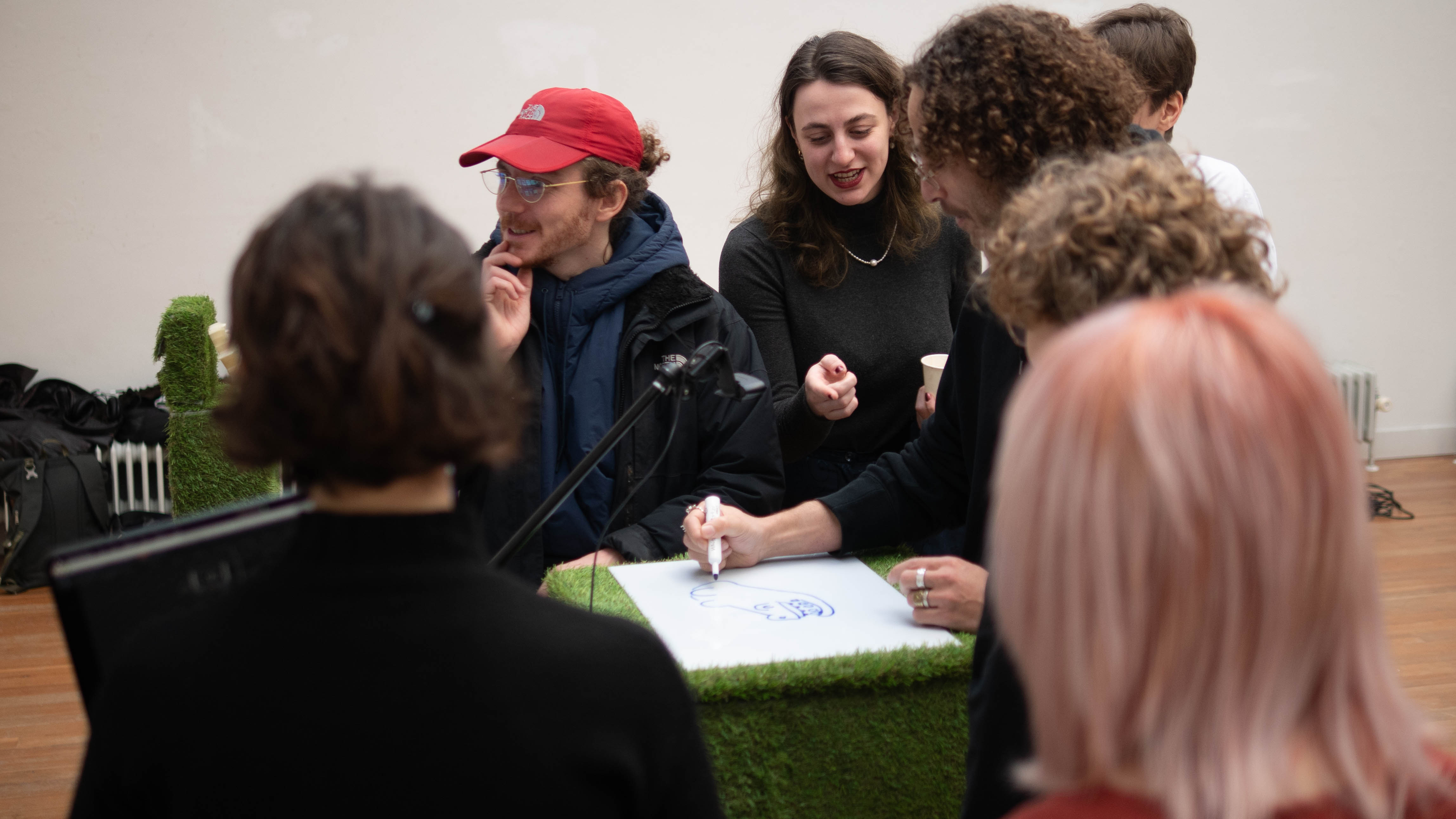
References
- /r/place on Reddit. Timelapse Video
- Kevan Davis, Smaller Picture (2003)
- Drawball.io
- Yayoi Kusama, Obliteration Room (2002)
- Kyle McDonald, Exhausting a Crowd (2015)
- Ken Goldberg & Joseph Santarromana, Telegarden (1995)
- Rupa Vasudevan, Sluts across America (2012)
- Aram Bartholl, Dead Drops (2010)
- Studio Moniker, Do Not Touch (2013)
- Olivier Auber, Poietic Generator, 1986, contemplative social network game.
- Andrew Badr, Your World of Text, 2009, collaborative online text space.
- Douglas Davis, The World’s First Collaborative Sentence, 1994, collaborative online text.
- Peter Edmunds, SwarmSketch, 2005, collaborative online digital canvas.
- Lee Felsenstein, Mark Szpakowski, and Efrem Lipkin, Community Memory, 1973, public computerized bulletin board system.
- Miranda July and Harrell Fletcher, Learning to Love You More, 2002–2009, assignments and crowdsourced responses.
- Agnieszka Kurant, Post-Fordite 2, 2019, fossilized enamel paint sourced from shuttered car manufacturing plants.
- Mark Napier, net.flag, 2002, online app for flag design.
- Yoko Ono, Wish Tree, 1996, interactive installation.
- Evan Roth, White Glove Tracking, 2007, crowdsourced data collection.
- Jirō Yoshihara, Please Draw Freely, 1956, paint and marker on wood, outdoor Gutai Art Exhibition, Ashiya, Japan.